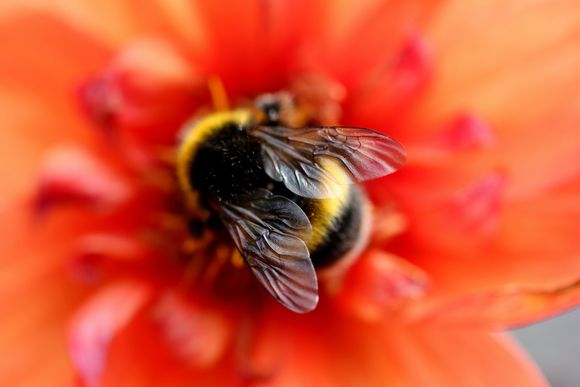Author: Rositsa Tashkova, Master of Molecular Biology and Microbiology
Bee venom has been used for more than 5,000 years for the treatment of various diseases. Today it belongs to alternative methods of treating rheumatoid arthritis, chronic pain, etc. You will find it in various moisturizers, serums, in the form of extracts or even as an supplement, but its traditional application consists in injecting bee venom or direct bee stings.
The idea of using bee venom in the field of medicine is born out of the belief that beekeepers almost do not suffer from rheumatism or joint problems.
Treatment and prevention of diseases with bee products is called apitherapy. It is a branch of alternative medicine that relies on the use of honey, pollen, propolis, royal jelly and mainly bee venom, also called apitoxin.
Read more:
Chemical composition of bee venom
Bee venom contains many active components. These include:
- peptides such as melittin, apamin,
mast cell degranulating (MCD) peptide and adolapin; - enzymes such as phospholipase A2 (PLA2) and hyaluronidase;
- amino acids and volatile compounds.
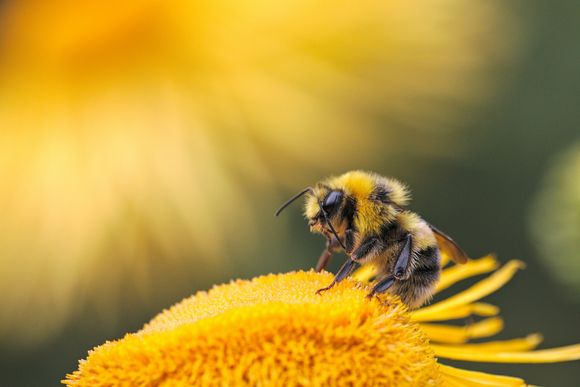
According to studies, these substances have therapeutic potential for the treatment of inflammatory diseases, as well as diseases of the central nervous system, such as Parkinson's disease, Alzheimer's disease and amyotrophic lateral sclerosis, as well as many other conditions.
Bee venom has the highest amount of melittin - it represents 40-60% of its dry matter. It is also the most studied component of apitoxin and it is believed that most of the effects of bee poison are due to melittin, especially antibacterial, antiviral and anticancer.
Apamin and adolapine are also toxins, but according to some studies they also have a painkiller and anti-inflammatory effect. [ref.2]
The enzyme phospholipase A2 is a strong allergen that causes inflammation and cell damage, and these actions are enhanced by melittin. But according to some studies, the enzyme may also have anti-inflammatory and immunoprotective effects against asthma [ref.3], Alzheimer's disease [ref.4] and Parkinson's disease [ref.5].
Does bee venom have anticancer properties
Interestingly, bee venom, like other animal poisons, has also shown anticancer and antiviral potential.
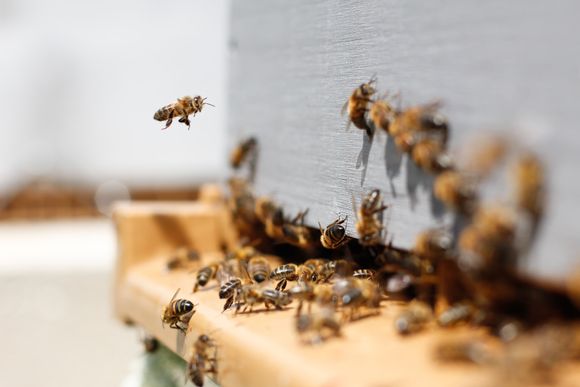
Both bee venom and melittin separately demonstrated an antitumor effect in various studies in the following cancers [ref.6]:
- Melanoma
- Non-small cell lung cancer,
- Glioblastoma,
- Leukemia
- Ovarian cancer,
- Breast cancer,
- Cervical cancer,
- Pancreatic cancer.
Bee venom and melittin have had a stronger impact on cancer cells than on normal cells in the body.
In addition, according to some studies on cancer cells, bee venom can complement the action of some chemotherapists, for example, in combination with cisplatin in malignancies of the larynx and cervix [ref.7] and with docetaxel in lung cancer cells.
A 2020 study [ref.6], published in Nature, has found that bee venom and melittin are extremely effective in inducing cell death of triple-negative breast cancer (TNBC) and hormone-receptor negative, HER2 positive breast cancer (HER2-enriched breast carcinoma), while the negative effects on normal cells were negligible.
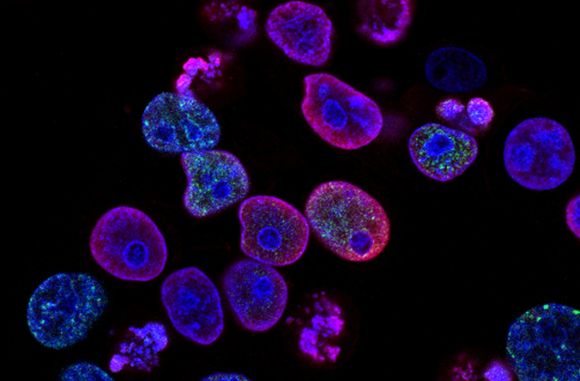
These data give hope that in the future bee venom and its active ingredients may find use in the treatment of such a severe disease as cancer, alone or adjuvant to chemotherapy.
Anti-inflammatory properties of bee venom and rheumatoid arthritis
Chronic inflammation can lead to the development of certain diseases such as rheumatoid arthritis, diabetes, cardiovascular diseases, obesity, asthma, skin diseases and neurodegenerative diseases, such as Parkinson's disease, Alzheimer's disease and amyotrophic lateral sclerosis.
When melittin is administered in high doses, it causes local pain, itching and inflammation. But low doses show good anti-inflammatory effects.
There is particular interest in its application in rheumatoid arthritis and amyotrophic lateral sclerosis. Its effects are due to suppression of inflammatory substances - cytokines: interleukin-6 (IL-6), IL-8, tumor necrotizing factor-α (TNF-α) and interferon-γ (IFN-γ). This leads to reduced inflammation in the skin, liver, joints and nerve tissue [ref.8].
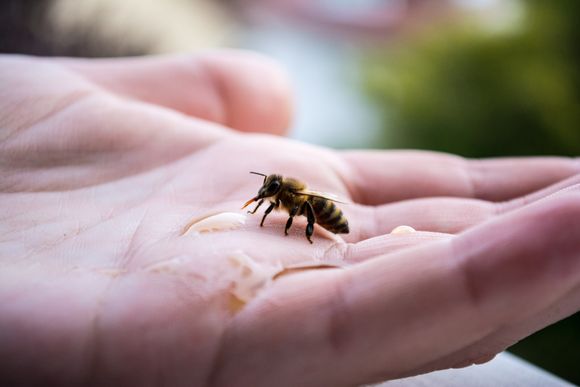
The anti-inflammatory properties of bee venom are also due to some observations that it suppresses the manifestation of atopic dermatitis - the most common allergic chronic inflammatory skin disease.
Antiviral and antibacterial properties of bee venom
It is well known that melittin and phospholipase A2 have strong antibacterial properties, since they lead to the formation of pores in the cell walls of bacteria and therefore to their death.
A study [ref.9] has found that in laboratory conditions bee venom, and in particular melittin, have significant antiviral effects against a variety of viruses - those with a shell and without one.
- vesicular stomatitis virus,
- influenza A virus,
- herpes simplex virus,
- enterovirus-71,
- coxsackievirus.
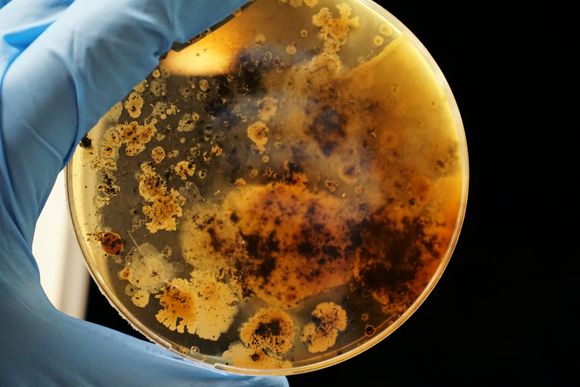
The same team of scientists exposed mice to lethal doses of influenza A H1N1 virus and found that melittin also had a protective effect against this virus. It is not yet known what the mechanism of action is, but it has been confirmed that bee venom interacts directly with the viral surface.
Concerns about bee venom treatment
The most dangerous side effect of applying bee venom is the violent allergic reaction manifested as anaphylactic shock. This condition is life-threatening and needs to be approached with great care by both the patient and the treating specialist.
Other serious adverse effects associated with this therapy are: hyperventilation, fatigue, loss of appetite, severe pain, increased risk of bleeding and vomiting.
Topical, external application of products containing bee venom can lead to side effects such as itching, urticaria and redness in people sensitive to it.
Bee venom is an alternative means of treating some serious conditions, and science is trying to confirm or reject the benefits of apitoxin. Only time will tell if we have really found another ally in the fight against insidious oncological, immunological and neurodegenerative diseases.
Q&A
In what kind of products can you find apitoxin?
Bee venom is available in the form of ampoules with aqueous and oily solutions for subcutaneous injections, creams, ointments, gels, liquids for rubbing into the skin (liniments), tablets.
What's the price of bee venom?
Bee venom prices may vary from $30 US (or much cheaper if quality is not good) up to $300 US per gram.
Can bee venom do you any harm?
The following side effects may occur with subcutaneous injection of bee venom: itching, anxiety, difficulty breathing, chest tightness, palpitations, dizziness, nausea, vomiting, diarrhea, drowsiness, confusion, fainting and low blood pressure. These effects are more common in people with severe allergies to bee stings, in people treated with bee venom, and in women. The most severe possible reaction is anaphylactic shock (a life-threatening condition).
Apitherapy is not recommended for use in pregnant women, as the histamine released in response may cause miscarriage. Bee venom can activate an immune response that worsens the condition of people suffering from autoimmune diseases, so it is advisable for them to avoid treatment with apitoxin.
